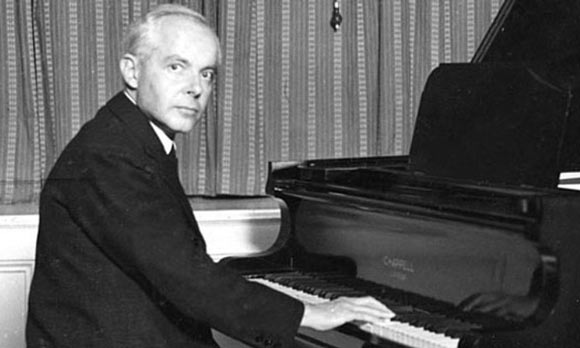
Béla Bartók was a celebrated Hungarian Pianist and Composer, famous for his work in folk music, and for founding the discipline of comparative musicology, or ethnomusicology.
Béla Viktor János Bartók was born in the Banatian town in the Kingdom of Hungary on March 25th 1881. He was exposed to music at a very early age thanks to his mother, who was a pianist. According to Malcolm Gillies, Bartók could play 40 pieces on the piano at the tender age of four, and his mother started training him in formal music at the age of five. At age seven, Bartók’s father suddenly passed away and at age eleven, Bartók performed at his first ever public recital where he played his first personal piece called “The Course of the Danube”. It was through this recital that he attracted Erkel Laszlo’s attention. Laszlo then started teaching Bartók for a short while until 1899, when he started studying piano under Istvan Thoman at the Royal Academy of Music. By 1903, Bartók had written his first orchestral work titled ‘Kossuth’, which was a thematic performance on the Hungarian Revolution of 1848. Bartók was influenced by many great musicians of his time, he met Zoltán Kodály during his time at the Royal Academy of Musi. He also meet Richard Strauss in 1902 and Claude Debussy in 1907. Bartók finally turned his attention towards folk music in 1908 when he wrote his first String Quartet in A Minor. His interest in folk music developed while teaching music at the Royal Academy for Music, where he taught future musicians such as Fritz Reiner, Lili Kraus, Sir Georg Solti and Erno Balogh. He started researching old Magyar folk melodies in 1908 with his lifelong friend Zoltán Kodály. In his research he picked out the musical elements and scales that were common to Magyar and Asian folk music. Bartók achieved great success in his attempts to recreate folk music, in between 1909 and 1939, he wrote five string quartets, two ballets named ‘The Wooden Prince’ and ‘The Miraculous Mandarin’ as well as some orchestral compositions including ‘Music for Strings, Percussion, and Celesta’ and ‘Divertimento for String Orchestra’. Even so, Bartók had little luck when it came to opera music, for he wrote only one piece, “Bluebeard’s Castle”, which was rejected by the Hungarian Fine Arts Commission.
Béla Bartók spent his final years in America as he was unhappy with Nazi Germany’s part in World War II. In America, he mostly made advances in ethnomusicology, which were then supported by Columbia University. He died on September 26th 1945 at the age of 64. Doctors cited leukemia as the cause of death. His final string quartet, the String Quartet No.6 written for the Concerto for Orchestra was arguably his most famous work. Together with Franz Liszt, he would go down in history as one of the most influential Hungarian composers of his time.